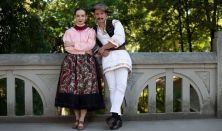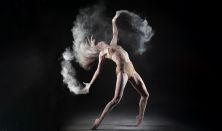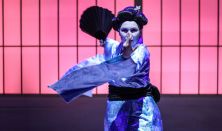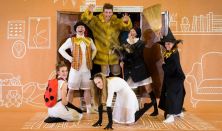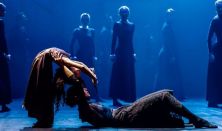Magyarország és az itt élő emberek élete fontos részei voltak: bár a nyelvünket nem beszélte, magyarnak vallotta magát. Liszt, az Európa-szerte ünnepelt művész részt vállalt a magyar kultúra felvirágoztatásában, nagy súlyt fektetve a tehetségkutatásra és -gondozásra. Mi, akik magyar anyanyelvi közegben éljük mindennapjainkat, vajon törekszünk arra, hogy csodás, gazdag kultúránkat megőrizzük és átörökítsük a következő nemzedékek számára?
A rapszódia magas szárnyalású, szeszélyes, szélsőséges lelkiállapotot, nagy ellentéteket, szenvedélyes érzelmeket tartalmazó lírai költemény. A műfajra oly jellemző hangulat-, tempó- és ritmusváltások tökéletesen megjeleníthetők a kortárs tánc eszközeivel.
Támogató: Eger Megyei Jogú Város Önkormányzata, EMMI, NKA, FM7 (rádió), Szuperinfó, Eger hírek, HEOL.hu, Szent István Rádió, Rádió 1, egriprogramok.hu, Eger média, Agria Park, 1552 Étterem
Rendező: Nemzeti Táncszínház
táncolja: Kelemen Dorottya, Emődi Attila, Rovó Virág, Rayco Lecuona Suarez, Joni Österlund, Törteli Nadin, Novák Laura, Tóth Karolina, Oláh Zoltán m. v.
zongora: Gábos Judit m. v.
zene: Liszt, Erkel, Wagner
zenei munkatárs: dr. Nagy Zoltán
jelmezterv: Papp Janó
szcenika: Fodor Zsolt, Engler Imre
dramaturg: Pinczés István
balettmester: Sziráky Gábor
koreográfusasszisztens: Kelemen Dorottya
ügyelő: Hódos Ildikó
koreográfus, jelmez- és díszletkoncepció: Topolánszky Tamás

